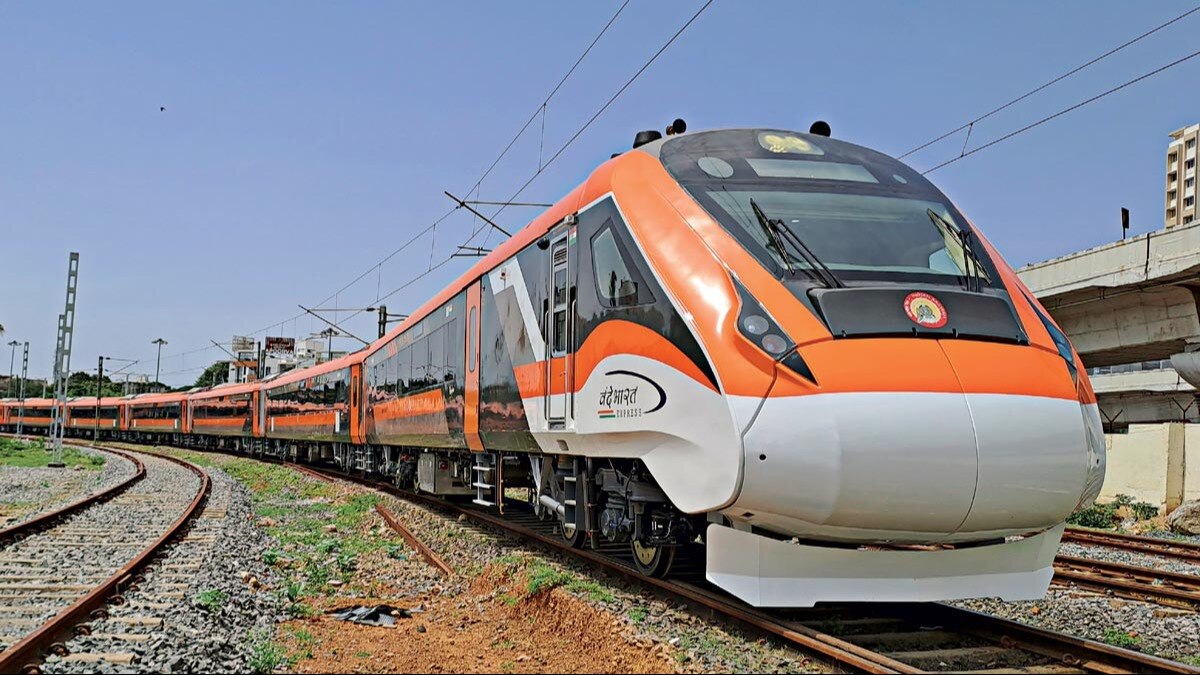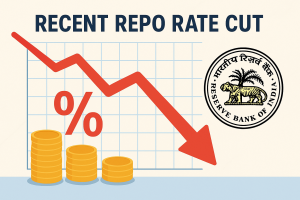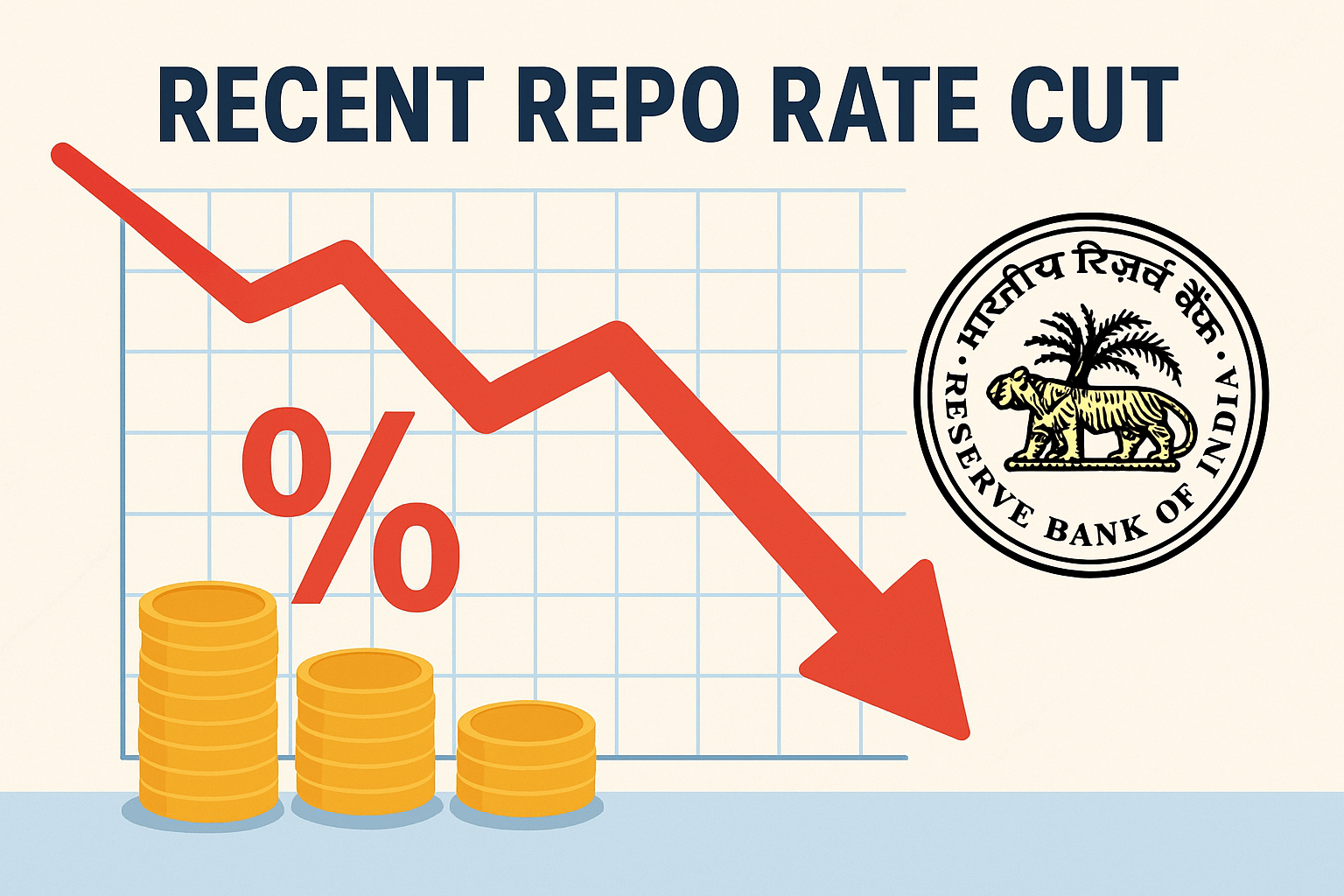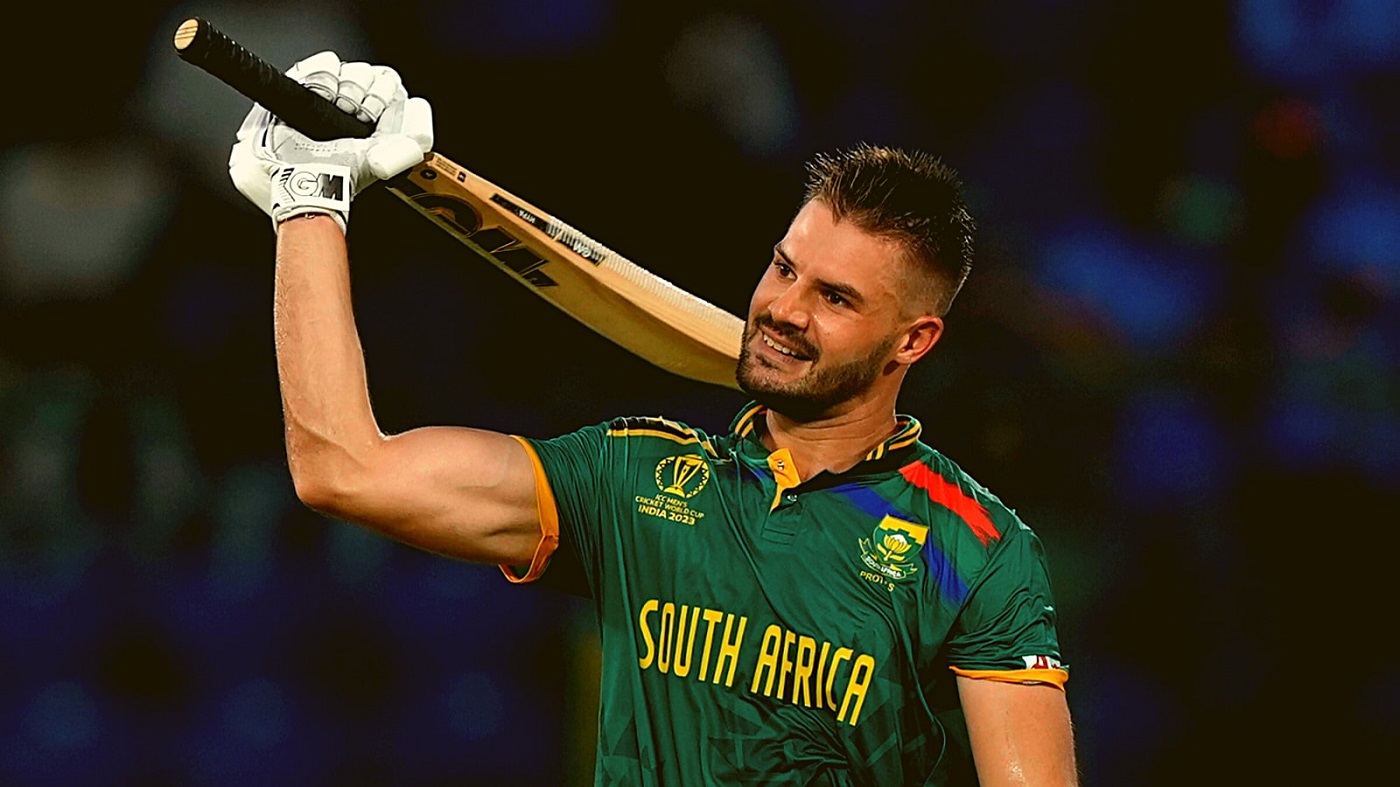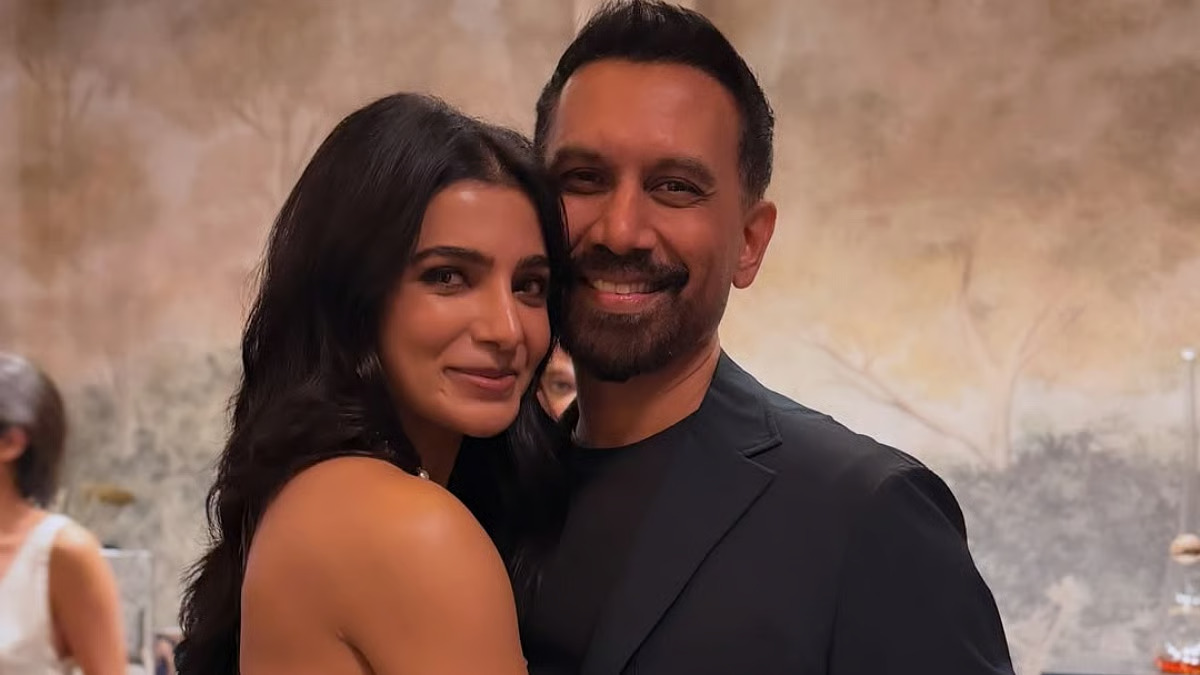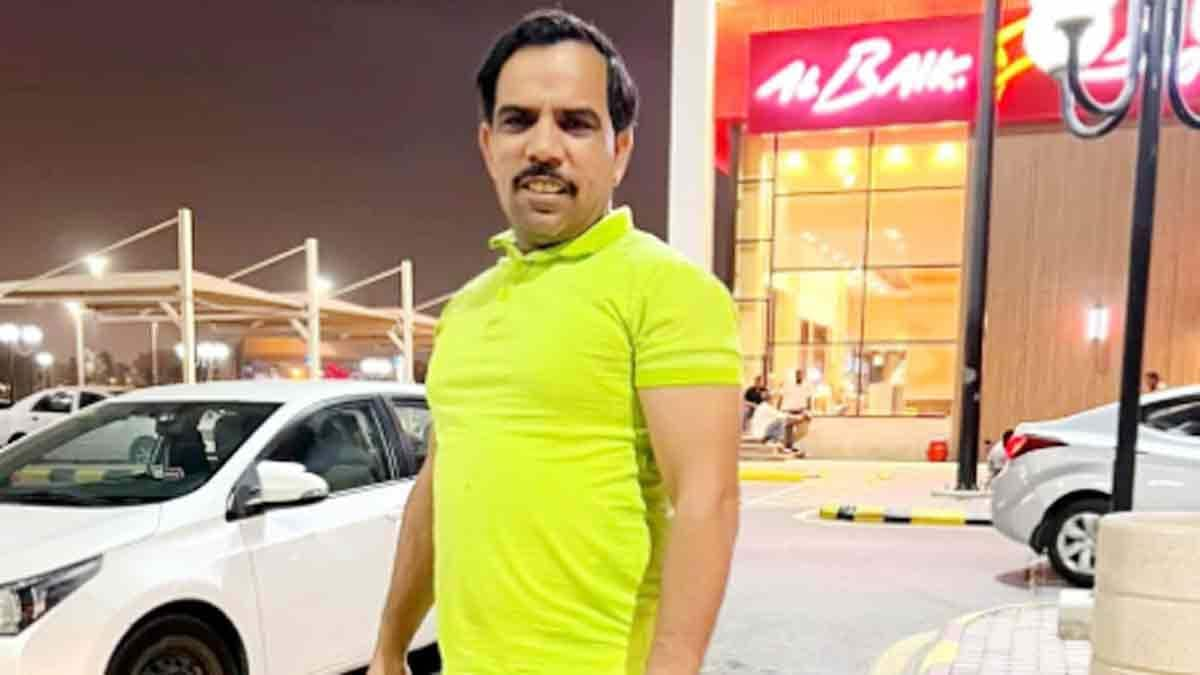Not long ago, railway passengers had to endure 11 or more hours of train travel—assuming it ran on time—to travel the 770-km distance between Delhi and Varanasi. The only quicker option was taking a flight. All that changed after Prime Minister Narendra Modi flagged off the first Vande Bharat Express in New Delhi in February 2019.
The gleaming white train was different. For starters, it didn’t need an engine to pull it. It featured 16 newly designed chair cars and had a top speed of 160 kmph. The Vande Bharat marked India’s first tryst with semi-high-speed ‘trainset’ technology, designed and built in India.
Its older cousins, the Rajdhanis and the Shatabdis, with their maximum speeds of 110 kmph, instantly paled in comparison. Thanks to the new technology of fully electric, self-propelled coaches, this train could accelerate and decelerate much faster than conventional loco-hauled trains. The impact was evident as it trimmed the travel time between Delhi and Varanasi by three hours, compared to the fastest trains on the route.
Beyond speed, the Vande Bharat’s interiors mirrored modern trains in developed countries—the engineers claimed they were inspired by high-speed trains in Europe. It had reclinable seats that rotated 180 degrees to face the direction of the journey and automatic, sensor-driven doors between coaches. There were bio-vacuum, modular toilets with ‘touch-free’ fittings, ‘airline-like’ lighting, a screen-based passenger information system in every coach, charging points under every seat, wi-fi, and even a specially curated menu. The look and feel were a marked departure from other railway offerings. So was the ticket price, often about double that of other trains.
Since then, India has witnessed the rollout of 34 Vande Bharat Express trains on various routes, almost all enjoying immense popularity. But with each new train, as user numbers grew, so did the feedback and complaints. Over 11 million passengers have so far had the experience of travelling by these premium trains. That may not be much for the world’s fourth largest railway system which carries 25 million passengers every day, but the Vande Bharat passengers represent a different class of travellers. They pay premium money to travel in India’s fastest and most expensive trains (which cost Rs 130 crore apiece, almost double the price of a conventional train in India).
Passengers said the seemingly plush seats were not comfortable enough. The toilets were persistently wet, the air-conditioning often felt inadequate… the list kept getting longer. Passenger feedback and grievances started proliferating on social media, on the official ‘Rail Madad’ complaints platform and in conversations with onboard railway officials.
External factors, too, made the Vande Bharat’s journey rather eventful. That uniquely Indian problem—cattle straying onto tracks, particularly in Gujarat and Rajasthan—played havoc on punctuality. Another problem was stone-pelting—the Vande Bharat got hit roughly 283 times between 2019 and 2023, leaving its sleek black windows shattered. Now, with nine new Vande Bharat trains added to the line-up this month, Indian Railways is striving to iron out most of the “passenger pain points”.

THOU SHALT NOT BE LATE
Along with the modifications, Indian Railways is also cultivating a new work culture within its ranks. Monitoring now is at the “highest level”, with some divisional railway managers in Central, West Central and other zones getting calls from the minister in Delhi, asking why the Vande Bharats in their areas ran late on certain days. “Every time a Vande Bharat misses its arrival time, the ministry seeks an explanation from zonal officials. This is to drive home the message that these trains must not see a single complaint related to punctuality,” says a railway official. The most popular Vande Bharat service, between Thiruvananthapuram and Kasargod in Kerala, with over 170 per cent occupancy, has run late only twice since its launch in April. “The two times it was late was due to track obstructions. Once there was a dead body on the track,” says a senior official of the Thiruvananthapuram division of Southern Railway.
Another problem the semi-high-speed trains face is that India’s old tracks are littered with “speed restrictions” imposed due to engineering challenges like curvature and weaker track beds. That’s why the Vande Bharats hit their 160 kmph top speed only on some stretches. Instructions have gone out to all zonal railways to work on track infrastructure on priority so that all trains can increase their average speeds.
BOVINES ETC.
The two constant spoilers in the Vande Bharat record since the start have been stray cattle and stone-pelting. Every stone-pelting incident rattles local railway administrations, which then launch investigations with the state police. Data shows 151 people have been arrested for the offence. Vaishnaw told the Lok Sabha in the last monsoon session that replacing the broken windows has cost the railways Rs 55 lakh since 2019. For what it’s worth, the Railway Protection Force as well as the Government Railway Police have now started ‘Operation Saathi’, reaching out to settlements along the Vande Bharat routes where there have been incidents, to ‘counsel’ people. For the stray cattle problem, work was sanctioned to construct fences along the routes in Gujarat and Uttar Pradesh. New designs of fencing, including those inspired by crash barriers along the national highways, were approved. Cattle-related incidents have now come down drastically.
BETTING BIG
All this focus on a single train type is because the Modi government has put all its money on the Vande Bharat class of trains to overhaul India’s archaic rail system. This is the only new train with a definite technology upgrade introduced during this government’s tenure.
That’s why the 2022 Union Budget announced 400 more Vande Bharats over the next three years, over and above the 104 sanctioned already. The government’s push on infrastructure, with a lavish outlay of Rs 10 lakh crore this year, includes pumping a quarter of that amount into upgrading the old rail system through modern trains, revamped stations, stronger tracks and new connectivity projects. The Vande Bharat is at the centre of this vision.

By March 2024, around 75 of the current chair-car variants of the Vande Bharats will be rolled out. Beyond that, the focus is on manufacturing only sleeper versions, for long-distance journeys of 1,000-plus km, like the Rajdhanis and other superfast trains. “With the sleeper Vande Bharats, sectors like Delhi to Kolkata will become overnight journeys. Take the train at 10 pm in the night in Delhi and reach Kolkata by, say, 8 in the morning,” says Vaishnaw.
For shorter, intercity commutes, less than 500 km, there will be eight-coach Vande Metros, to be launched by November-December this year. “The metro versions will have all the specs and features of existing Vande Bharats. A prototype of the sleeper version will be ready by early next year,” says B.G. Mallya, general manager at the Integral Coach Factory (ICF), Chennai.

Industry has been roped in to aid the Railways in this massive rolling-stock overhaul. Russia’s rolling-stock major TMH will produce 120 trainsets of the sleeper variety in partnership with Rail Vikas Nigam Limited. Bharat Heavy Electricals Limited, in partnership with Titagarh Rail Systems, will be producing 80. French mobility giant Alstom is in the final stages of bagging an order for 100 Vande Bharats with aluminium bodies, as opposed to steel. At around Rs 140 crore per train, some Rs 10 crore more than the usual ones, the aluminium rakes will be lighter, requiring less maintenance and energy to run. “The money recoverable from end-of-life coaches, even in scrap, is much more thanks to aluminium; steel coaches don’t offer that advantage,” says a rail ministry official.
The railway equipment manufacturing industry in India is upbeat about the capital infusion in the market. “This kind of push is a game-changer for the Indian rail systems industry,” says Tilak Raj Seth, vice-chairman of the rail transportation and equipment division, the Confederation of Indian Industry (CII). “Quite like how the Maruti car in the mid-’80s created a demand for new, better car varieties, the train user will now fuel the demand of Vande Bharat trainsâ€æ200 kmph semi-high-speed version and so on, boosting tremendous industrial activity in this field,” says Seth.
The government has a political investment in the new trains too. PM Modi has inaugurated all the trains so far, except the one on the Delhi-Katra route, targeting the Vaishno Devi pilgrims, which Union Home Minister Amit Shah flagged off. By the time the 2024 general election rolls in, the Vande Bharats should fit snugly into the BJP’s overall development narrative. “The day is not far when Vande Bharat will connect every part of the country,” PM Modi said while flagging off the latest lot of nine trains. There is much to be learnt from that unifying spirit.


